Useful reminder of what the flags commonly worn by a cruising yacht signify.
Apart from the ensign, flags commonly worn by a cruising yacht comprise a burgee and a house flag (Private Signal), and when entering a new country a courtesy flag, the Q flag and in some instances the Lima flag (quarantine).
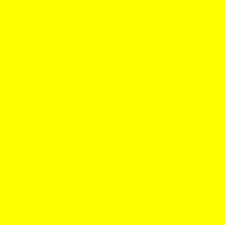

Although not all countries insist on it, in theory, the yellow Q flag should be flown as soon as the yacht has entered territorial waters to signal that a vessel is free of disease and requests boarding and inspection to allow the grant of “free practique”.
The starboard spreaders are used for signaling purposes so this is where both the Q flag and the country’s national courtesy flag should be flown (with the courtesy flag above the Q flag).
The Q flag should be flown when entering the 12-mile limit. In this way, one cannot be accused of trying to slip in unnoticed and in fact, in some countries yachts have got into trouble for not hoisting the Q flag until they were in port. Also to avoid any misunderstandings, it is advisable to try to contact the authorities on VHF radio, especially in those countries which do not readily welcome yachts.
Once a vessel and crew are cleared in, the ‘Q’ Quebec flag should be taken down.
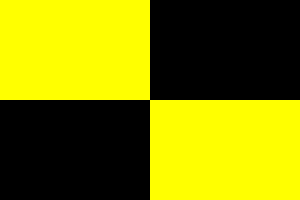

This flag is used to signal that a vessel is under quarantine.
Courtesy Flag:
The courtesy flag should also be flown once the boat enters a nation’s territorial waters. The flag should be flown from the starboard spreader in a position above any other flag. Motor vessels that do not have a dedicated signal halyard should fly the courtesy flag from a prominent position instead (e.g. the VHF aerial).
The courtesy flag should be in a good state and of reasonable size as some officials take offense at yachts that fly a torn or tiny flag.
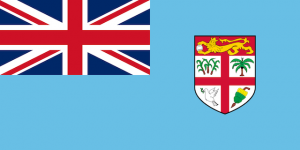

In some dependencies or autonomous regions, such as the Canaries, Azores, French Polynesia, or Corsica, it is appreciated if the regional flag is flown together, but below, that of the metropolitan power.
See a pictorial list of worldwide courtesy flags by YachtFlags.com here.
YachtFlags.com offers a discount to Noonsite members. They provide high quality courtesy flags that are manufactured in durable Knitted Polyester fabric. Knitted so that the fabric itself does not deteriorate in the constant movement that marine flags are usually exposed to, and polyester so that the flag does not weaken in the strong UV-light usually found in the main sailing areas of the world.
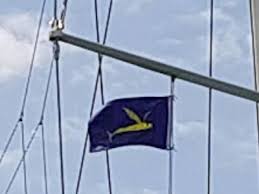

House flags are flown on the port spreaders in order of seniority and can be anything, from membership or association of a club/organization to custom-designed flags particular to the yacht skipper. The signal may be flown day or night, but not if another sailor is in command (i.e. this is a private signal and follows the sailor, not the boat).
Never fly a flag that is the same or could be confused for one of the letters of the alphabet.
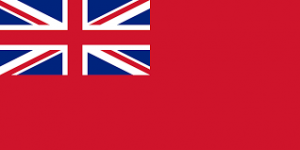

The ensign or national flag is the one that is worn at the stern of the boat. It shows the country of registry of the vessel and indicates its nationality and should be about one inch for each foot of overall length. For example, on a 40ft boat, the ensign should be 40 inches (approx. 3.5ft).
To prevent wear and tear, the flag may not be flown when out of sight of other vessels or when nobody is aboard (i.e. on long passages or when leaving the boat in harbor).
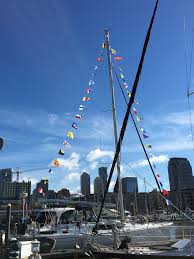

It’s appropriate to dress your yacht overall on national days in countries visited. Yachts should only be dressed when at anchor or in harbor. Although not essential, and many people are not even aware of it, there is a correct order in which to fly the code signals if the yacht is dressed from bow to stern. This order has been designed to give an interesting variety of both colour and shapes. The correct order, starting from the bow, is:
E Q p3 G p8 Z p4 W p6 P p1 1 CODE T Y B X 1st H 3rd D F 2nd U A O M R p2 J p0 N p9 K p7 V p5 L C S. If the vessel is two-masted, the line between the two masts starts with Y and ends with O.
Final Note:
Burgees, house flags and courtesy flags, as well as ensigns, should be lowered at sunset or 2100, whichever is earlier and hoisted at 0800 in summer and 0900 in winter. It is particularly important to observe this in Scandinavian countries, where people are extremely flag conscious.

